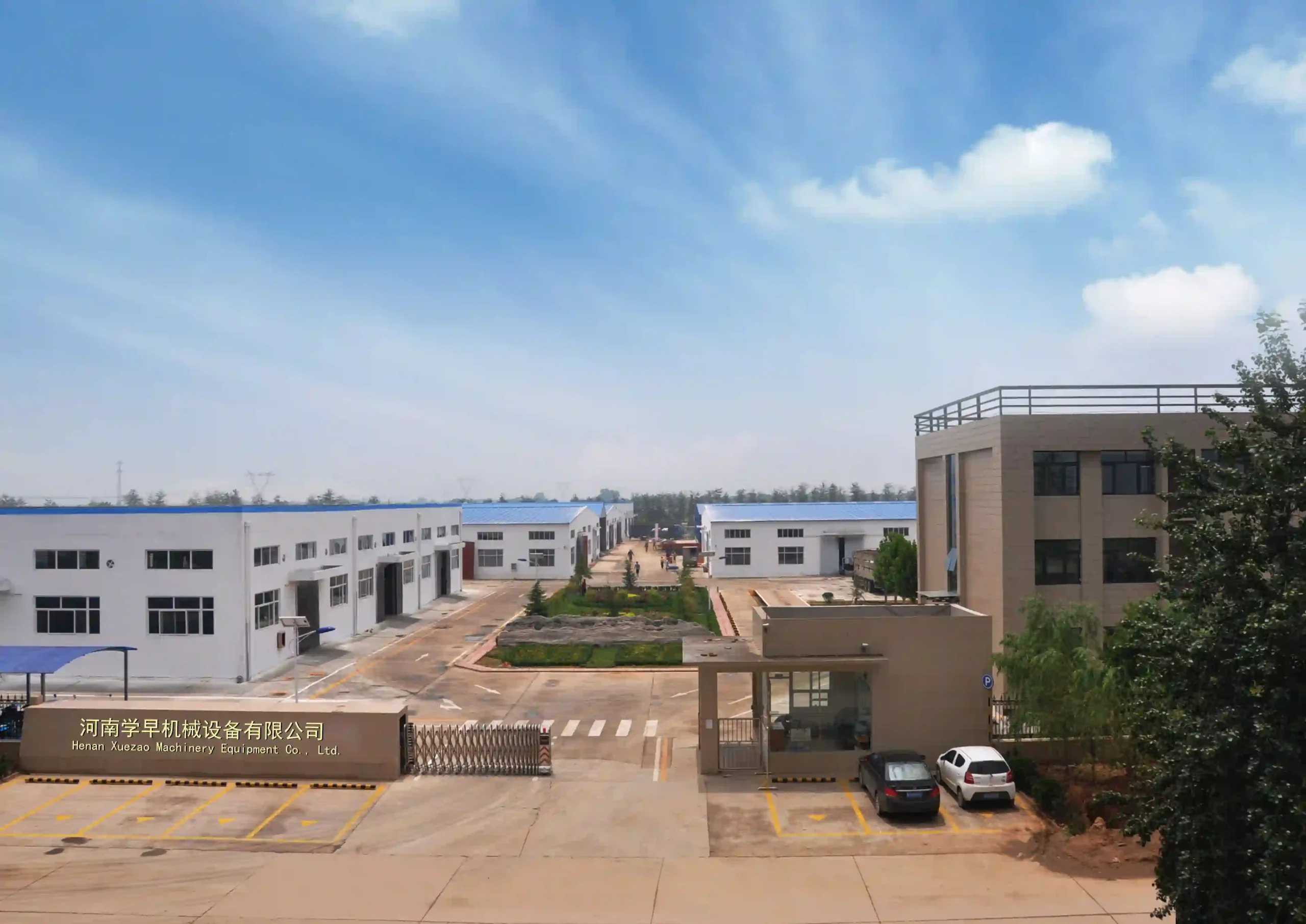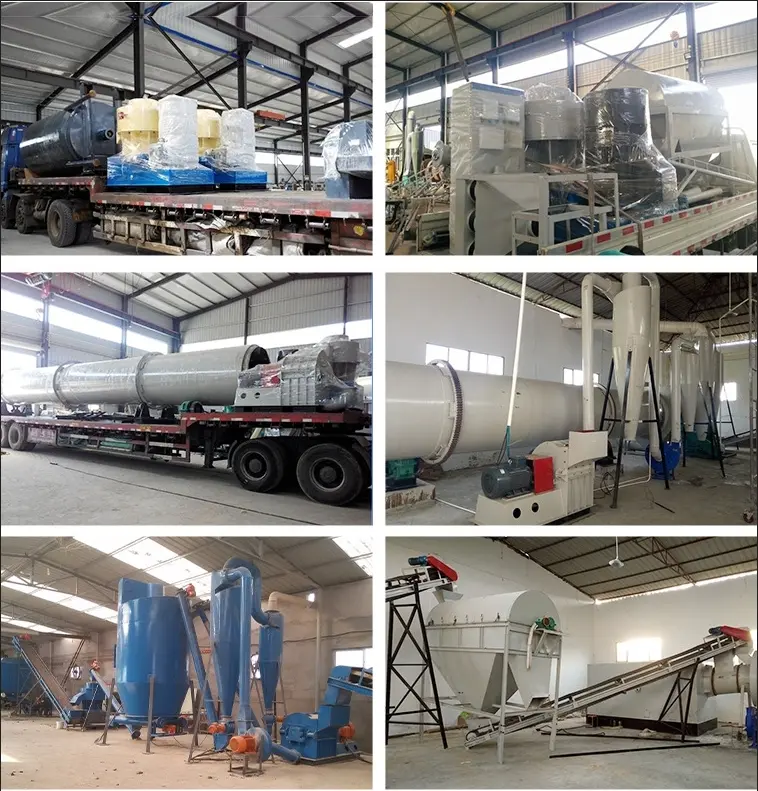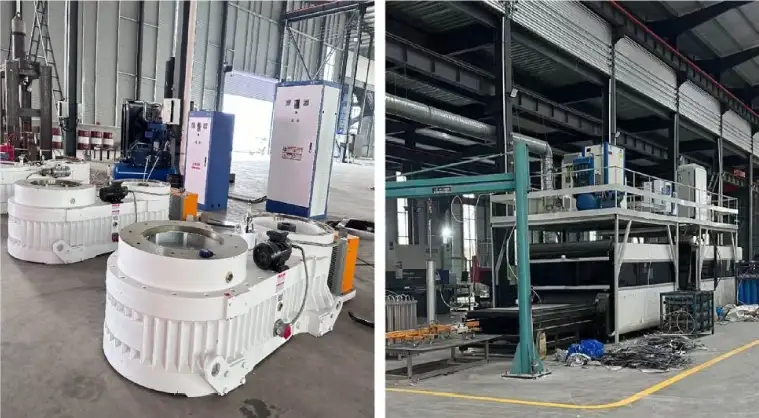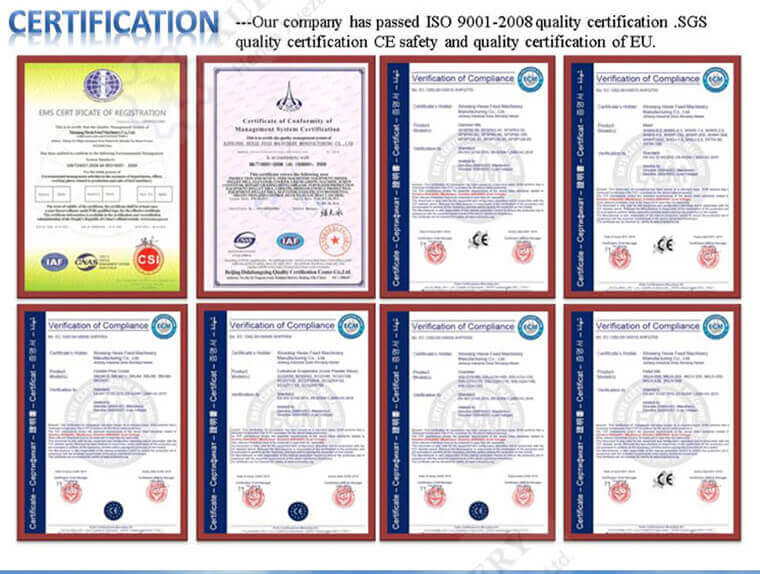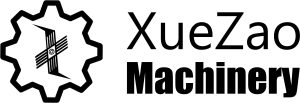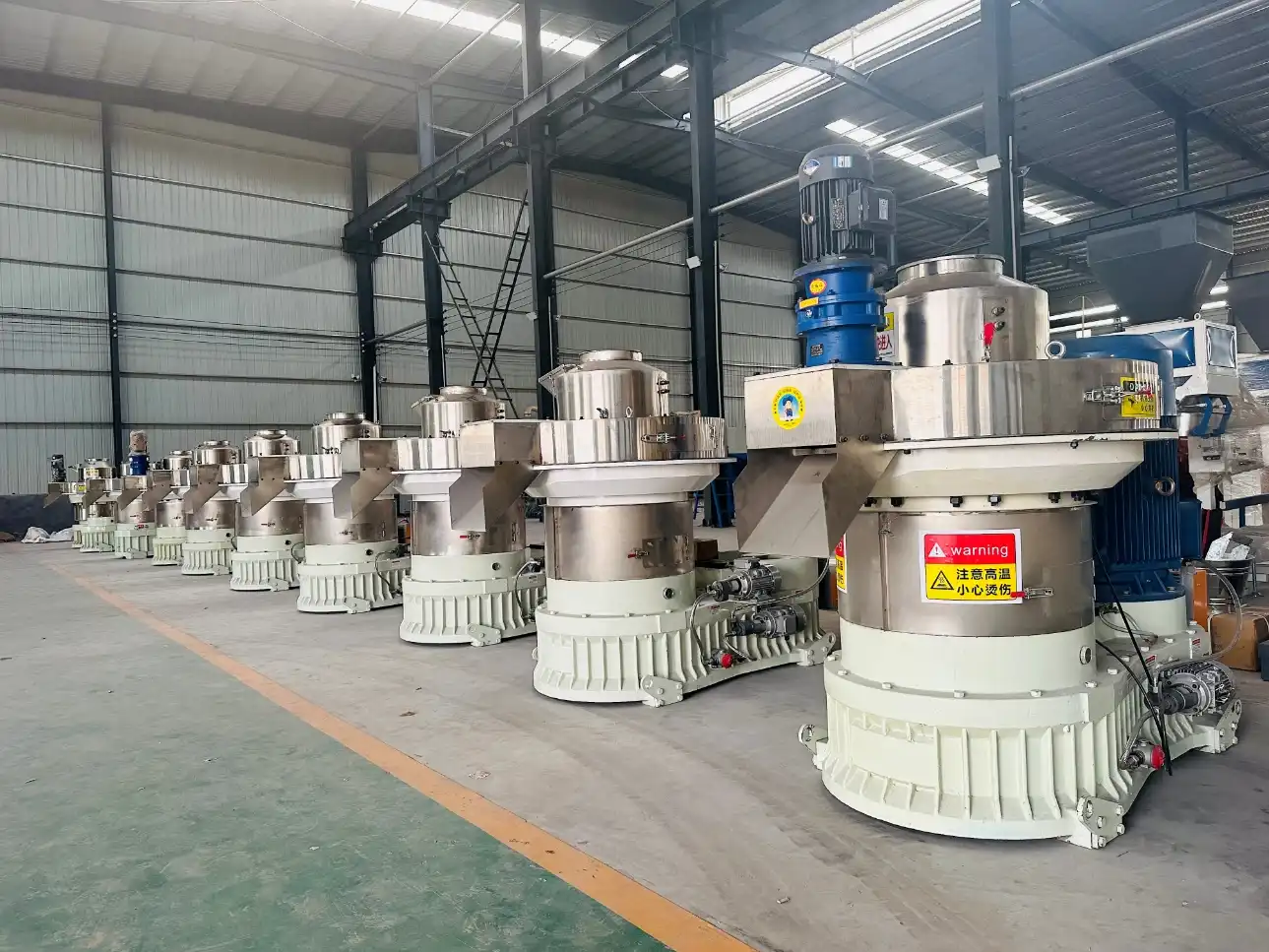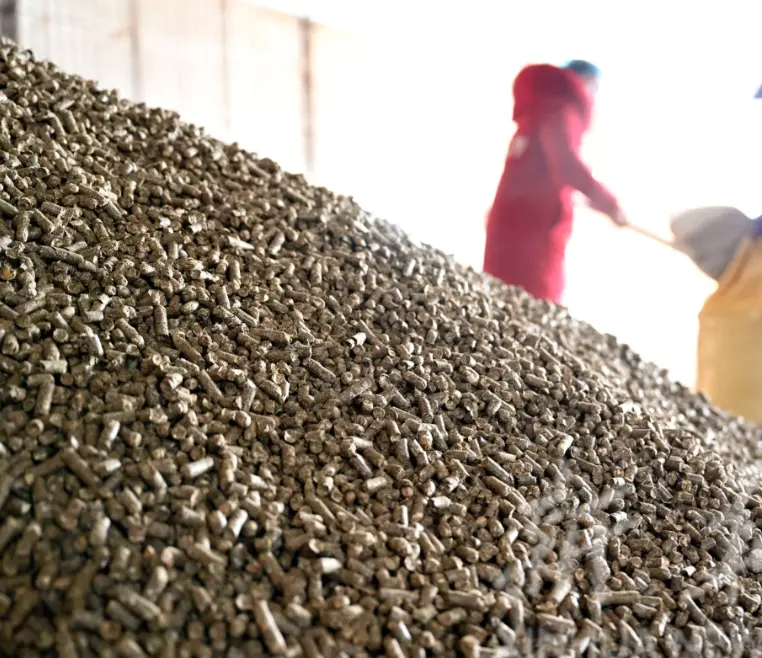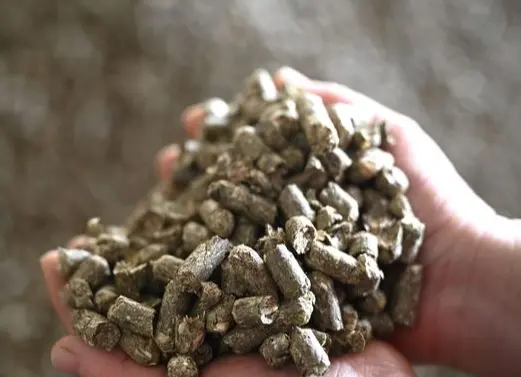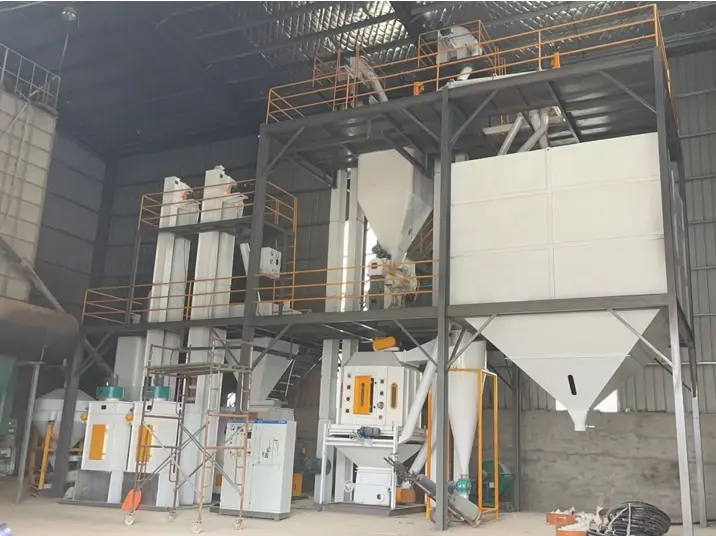EFB pellets, derived from EFB byproducts, offer an eco-friendly biomass option. Yet, their diverse fuel makeup presents combustion challenges. When untreated, combustion can result in slagging, fouling, and corrosion.

Issues Arising from EFB Pellet CombustionEFB Pellet Composition
Chlorine, a vital trace element in plants, is abundant in EFB, alongside alkali metals like K, Na, Ca, Mg, and inorganic elements like N. Under high temperatures (>450°C), these components can produce KCl, NaCl, NOx, and HCl, leading to slagging and corrosion.
Slagging and Low Ash Fusion Temperature
During EFB pellet combustion, factors like raw material composition, furnace temperature, air contact, and fuel shape impact deposition. High chlorine content promotes alkali liquidity, forming alkali metal chlorides that deposit on heating surfaces. Elevated furnace temperatures facilitate alkali metal escape, leading to condensation on fly ash, lowering its melting point and causing slagging issues.

EFB pellet combustion
Corrosion Concerns
Alkali corrosion, influenced by furnace temperature, chlorine content, and deposit volume, affects corrosion rates. Higher temperatures intensify boiler steel oxidation, accelerating corrosion. Increased chlorine content in EFB pellets exacerbates corrosion.
Resolving EFB Pellet Combustion Issues
1. Employ boilers suitable for burning EFB pellets.
2. Use washing methods pre-pelletization to eliminate alkali metals. Water-soluble alkali metals in EFB can be effectively reduced through washing, improving ash quality and mitigating alkali metal-induced corrosion.
3. Incorporate additives like kaolin clay, activated alumina, dolomite, silica, and diatomite during pelletization to counter chloride content and corrosion.
4. Co-fire with fossil fuel to raise ash fusion temperatures and decrease chloride content.
5. Lowering combustion temperatures effectively addresses low ash fusion concerns in EFB pellet burning.
